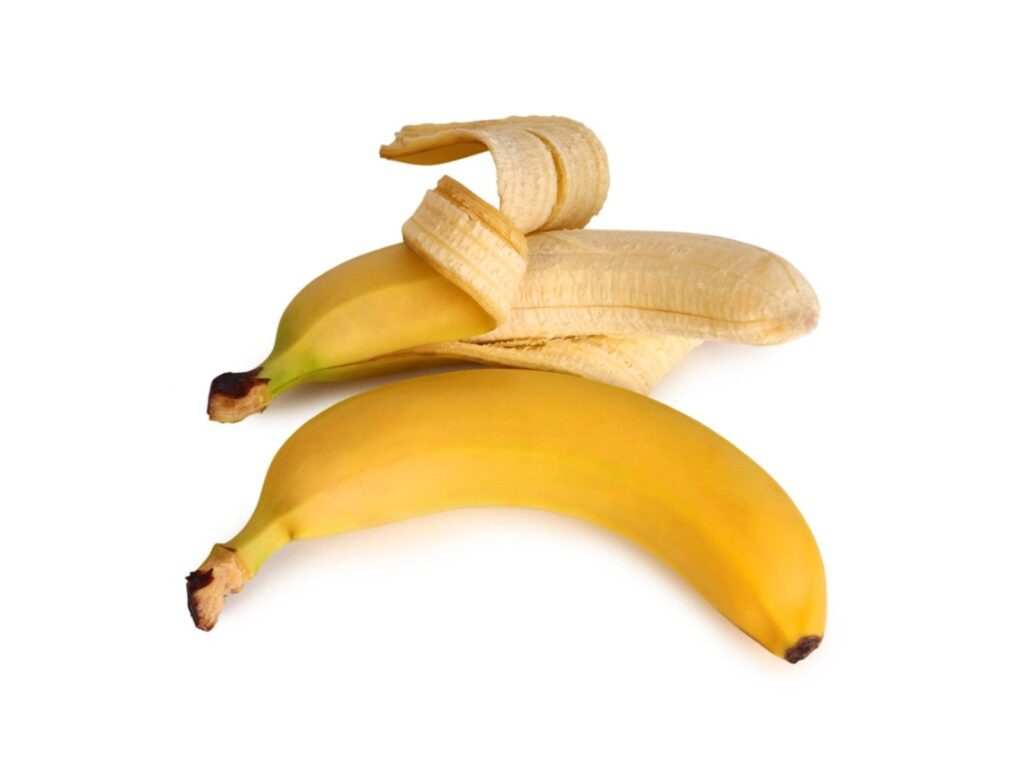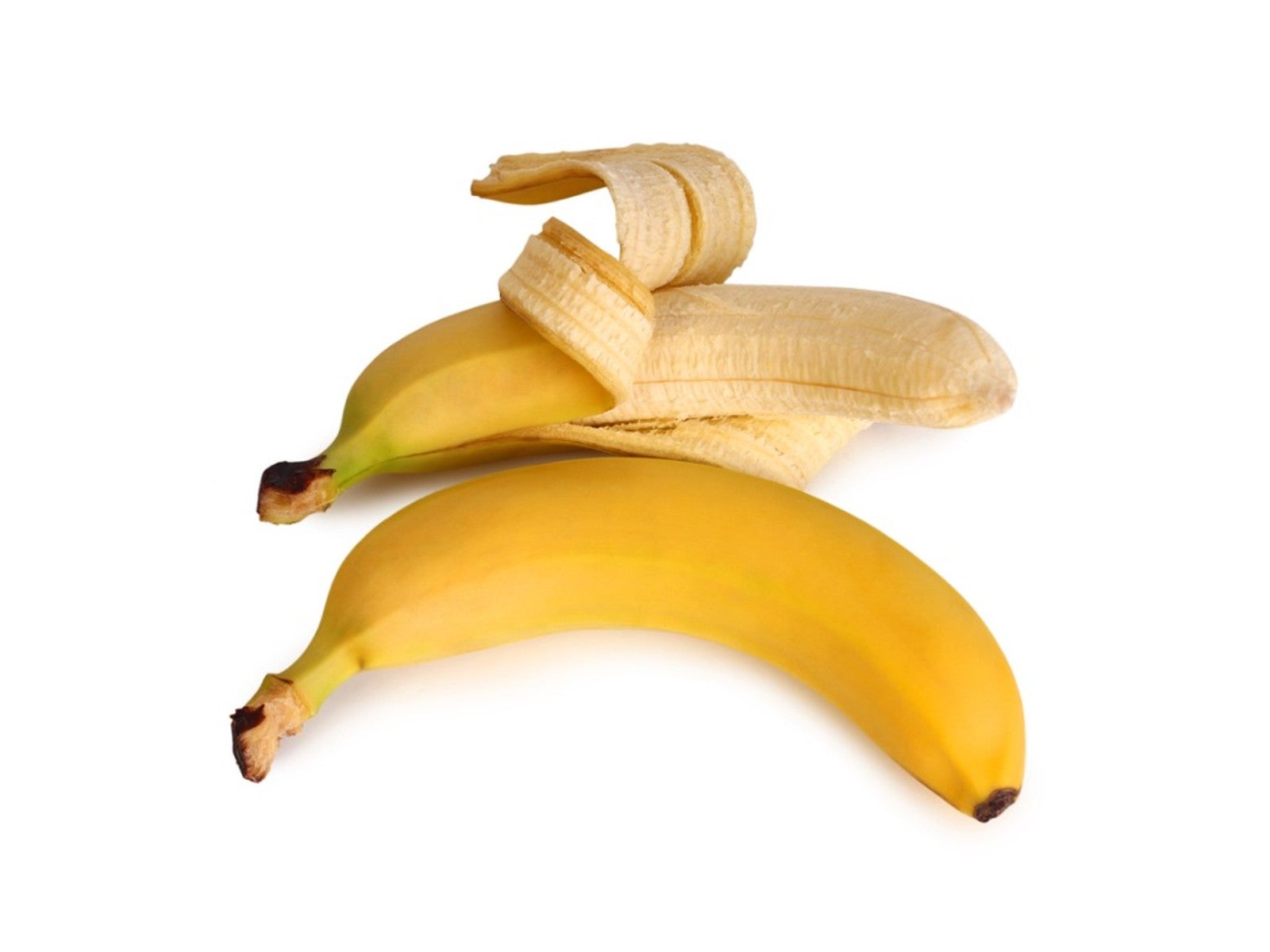The cosmetic industry is experiencing a growing demand for natural and sustainable ingredients, driven by increasing consumer awareness regarding the potential concerns associated with synthetic compounds. Simultaneously, the human skin’s microbiome, while crucial for health, can also harbor pathogenic organisms such as Staphylococcus aureus, Candida albicans, Pseudomonas aeruginosa, and Aspergillus niger, which are capable of causing skin infections. The rise of antimicrobial resistance to conventional agents further underscores the urgent need for developing novel topical formulations from natural sources.
In this context, banana peels, typically regarded as agricultural waste, emerge as a promising natural alternative. These peels are abundantly available and are rich in lignocellulosic biopolymers and bioactive compounds, including flavonoids, phenolics, and essential oils, which endow them with potential antimicrobial, antioxidant, and anti-inflammatory properties. Their utilization in skincare products offers a natural solution to combat skin pathogens, aligning with eco-friendly practices and contributing to the reduction of plant waste in the environment.
Methods
This study focused on the development and evaluation of antimicrobial herbal creams formulated with extracts from both fresh (FBP) and dried (DBP) banana peels for cosmetic applications. Creams were prepared using standardized formulations, and their antimicrobial activity was rigorously tested against a panel of pathogenic microbes, including Staphylococcus aureus, Pseudomonas aeruginosa, Aspergillus niger, and Candida albicans, utilizing the agar well diffusion method. Beyond antimicrobial efficacy, the physical properties of the creams, such as spreadability, pH, homogeneity, and stability, were comprehensively evaluated and directly compared to a commercial antimicrobial cream to establish their potential in practical cosmetic applications.
Key Findings
• Antimicrobial Efficacy:
◦ The Fresh Banana Peel (FBP)-based cream demonstrated strong antibacterial activity, particularly against Staphylococcus aureus and Pseudomonas aeruginosa, exhibiting impressive inhibition zones of up to 40.73 mm.
◦ Conversely, the Dried Banana Peel (DBP)-based cream showed superior antifungal activity, specifically against Candida albicans and Aspergillus niger, with inhibition zones reaching up to 49.63 mm.
◦ These observed differences in antimicrobial profiles are believed to be influenced by variations in the concentration, stability, and bioavailability of bioactive compounds, as drying processes can concentrate stable non-volatile compounds and preserve certain antimicrobial constituents.
◦ The overall antimicrobial efficacy of the banana peel creams was found to be comparable to a commercial herbal product.
• Physical Properties and Stability:
◦ Both FBP and DBP formulations exhibited acceptable physical properties, including a smooth texture, aromatic odor, and ease of removal from the skin.
◦ Their pH values (FBP: 6.84 ± 0.3; DBP: 6.75 ± 0.1) fell within the acceptable range for topical products (5.5–6.5), indicating good skin compatibility and low irritation potential.
◦ The FBP cream displayed superior homogeneity (ranked +++) and significantly higher spreadability (34.0 ± 0.2 g·cm/s) compared to the DBP cream (14.2 ± 0.5 g·cm/s), suggesting a smoother and more easily applicable consistency.
◦ The formulated creams demonstrated strong physical and chemical stability under varying storage conditions (4°C and 25°C), with no observed changes in color, liquefaction, or phase separation over a 5-day period.
• Comparison to Commercial Cream:
◦ While the commercial cream (Vernonia Ambigua Triple Action Cream) contains potent synthetic antimicrobials (neomycin sulfate and clotrimazole), the banana peel creams offer natural antimicrobial protection from phytochemicals like flavonoids, tannins, and phenolics.
◦ The banana peel formulations, enhanced by ingredients like EDTA and propylene glycol, provide a gentler, potentially safer alternative for cosmetic or daily use, with a reduced risk of resistance or irritation compared to pharmaceutical-grade antimicrobials.
This research uniquely highlights the distinct antimicrobial strengths of fresh versus dried banana peels in topical formulations, demonstrating that fresh banana peel creams are more effective against bacteria, while dried banana peel creams show superior antifungal activity. This comparative analysis of processing methods and their impact on cosmetic suitability, extending beyond mere antimicrobial efficacy, represents a significant novelty in the field. The findings underscore the substantial potential of banana peels as sustainable, low-cost, and effective ingredients for antimicrobial skincare products.
Future implications of this research are multi-faceted. It is crucial to conduct further studies to isolate and characterize the specific bioactive compounds responsible for the observed antimicrobial activities, providing a deeper understanding of their mechanisms. Evaluating the creams’ efficacy in in vivo settings will be essential to validate their performance in real-world applications. Furthermore, developing scalable production methods for these banana peel-based formulations would facilitate their broader cosmetic and industrial adoption, contributing to waste valorization and the growing demand for natural personal care products. Finally, future investigations should include a placebo formulation (without banana peel extract) to precisely determine the contribution of the banana peel to the observed properties.
Link to the study: https://tinyurl.com/2a4eb5f8


